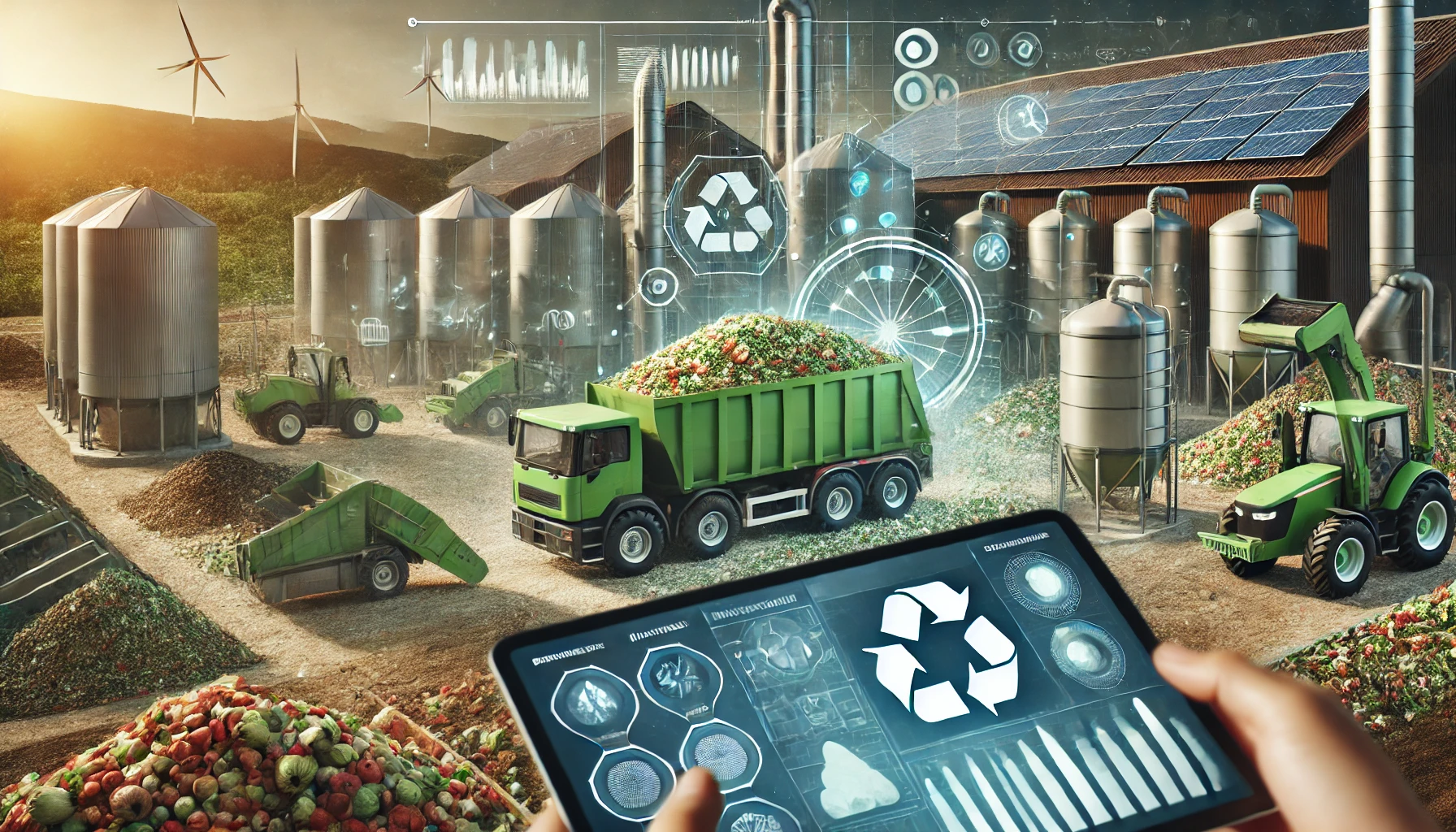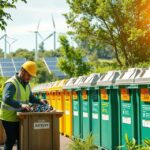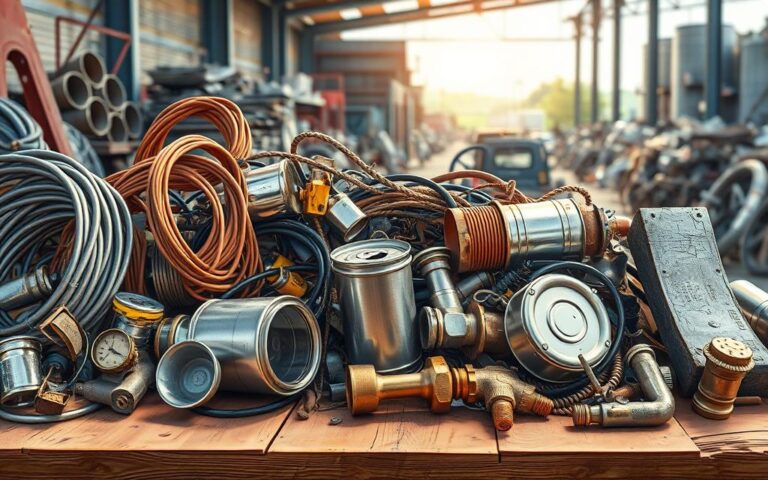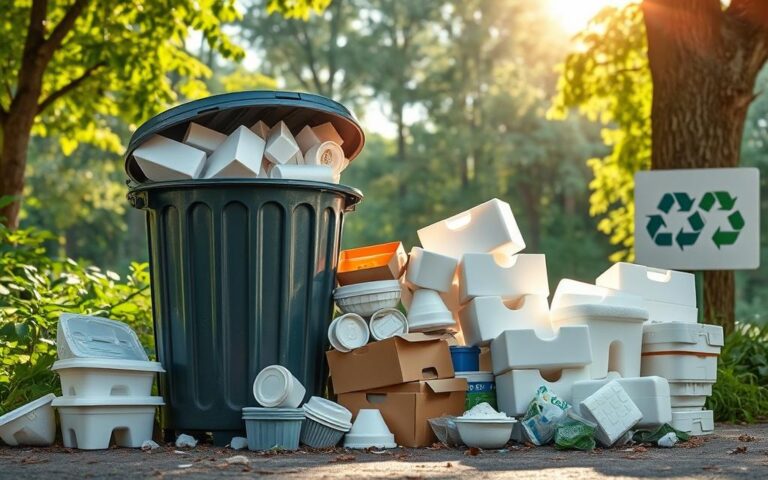Farm, Feed, Recycle, Repeat: The Tech-Driven Waste Revolution
By 2050, municipal solid waste (MSW) is projected to reach a staggering 3.4 billion tons, creating a pressing global challenge we can no longer ignore. Waste management isn’t just about collecting trash—it’s about finding smart, sustainable solutions that can handle this ever-growing problem. Whether it’s recycling, incineration, converting waste to energy, landfilling, or anaerobic digestion, the strategies we use depend on the type of waste and the technology at our disposal.
The scale of the problem is overwhelming—plastic alone accounts for 400 million tons of waste every year. To address this, communities around the world are stepping up, adopting a mix of formal and informal waste management systems. Formal waste management follows strict regulations and environmental guidelines, ensuring proper handling and sustainability. In contrast, informal systems, often operating without oversight, lack the technology needed for effective waste sorting, leading to environmental harm. It’s a complex issue, but with the right strategies and innovations, we can turn the tide.
Emerging solutions for agro analytics for data-driven farming are now integrating innovative technologies to enhance waste recycling, minimize environmental harm, and improve efficiency.
Turning Farm Waste into Opportunity
While discussions on waste management often center on urban and industrial sectors, agricultural waste remains a pressing issue. Each year, farming activities generate between 1.3 and 2.1 billion tons of waste, ranging from organic to synthetic materials. These include:
- Crop residues (such as stalks, rice straw, leaves, and husks)
- Animal waste (manure and excess feed)
- Chemical byproducts (pesticides and fertilizers)
- Packaging waste from farming operations
Due to its diverse composition, agricultural waste demands specialized disposal and treatment methods. Poor management can lead to soil depletion, water pollution, air contamination, higher cleanup costs, and health hazards for farmworkers. To mitigate these risks, a structured approach prioritizing waste reduction, repurposing, recycling, energy recovery, and responsible disposal is essential.
Emerging agriculture monitoring systems are now addressing these challenges. By leveraging crop monitoring technologies, precision agriculture optimizes resource use, reduces waste, and promotes more sustainable farming practices.
Green Fields, Smart Tech: Building Sustainable Agriculture
Agriculture is evolving faster than ever, driven by the urgency to overcome modern challenges such as increasing crop productivity and adopting environmentally conscious waste management strategies. As someone who believes in the potential of farming to shape a sustainable future, it’s clear that today’s farmers are at a crossroads. They can no longer afford to make decisions based on guesswork or outdated methods. To truly thrive, they need immediate access to precise, real-time data on every aspect of crop growth. This is where remote crop monitoring steps in as a true game-changer. Through technologies like satellite imaging, IoT, drones, and AI, farmers are not just managing crops—they’re shaping the future of agriculture, reducing waste, conserving resources, and increasing productivity in ways once thought impossible. These tools are more than just innovations; they’re essential instruments for a farming revolution that promises a more sustainable and effective way of feeding the world.
Satellite Monitoring
Satellite crop monitoring has quietly emerged as an indispensable tool in the fight for sustainable farming. By providing crucial data on soil health, vegetation status, and moisture levels, it enables farmers to make decisions grounded in real-time insights. This technology offers more than just an aerial view; it allows farmers to detect where crop residues accumulate, and with this information, they can take proactive steps—transforming waste into compost or biofuels rather than letting it decay and contribute to environmental degradation. Satellite crop monitoring empowers farmers to recycle waste efficiently, making agriculture not only more productive but also more sustainable, turning challenges into opportunities for a greener world.
Internet of Things (IoT)
IoT-powered farm tracking systems help monitor waste levels on farms, optimizing collection and recycling efforts. Sensors installed in the fields track the decomposition process of organic waste, ensuring proper integration into the soil without overloading it with harmful residues.
Drones
Drones in crop condition monitoring provide aerial imagery that helps detect waste accumulation areas. They assist in assessing whether agricultural byproducts can be repurposed for biofertilizers or livestock feed, reducing unnecessary disposal and environmental harm.
Artificial Intelligence (AI)
AI-powered crop monitoring systems improve waste management by forecasting waste generation based on historical harvest data. Through advanced algorithms, AI evaluates crop health patterns, allowing farmers to make better decisions regarding the use of agricultural residues, such as converting surplus biomass into energy.
By offering precise, location-specific insights, advanced technologies enable precision agriculture. These tools help optimize the use of water, fertilizers, and pesticides, significantly reducing waste. As a result, farming becomes more sustainable, leading to higher productivity while minimizing environmental impact.
Next-Gen Tech Transforming Farm Waste Recycling
As agriculture advances, innovative technologies are revolutionizing waste recycling. From IoT-based solutions to AI-driven automation, these developments enhance efficiency and sustainability.
Internet of Waste
IoT-enabled waste management transforms remote agriculture monitoring by minimizing inefficiencies in waste logistics. Technologies such as fill-level sensors, smart bins, and material-quality sensors streamline recycling operations. For example, farm monitoring systems with IoT sensors can track waste levels in storage bins, ensuring timely collection and preventing overflow. This allows waste collection processes to shift from fixed schedules to demand-based operations, reducing unnecessary fuel consumption and operational costs. By integrating IoT with data analytics, farms can further optimize waste tracking and recycling.
Chemical Recycling
With the growing demand for sustainability, crop health monitoring techniques now extend beyond plant care to include waste treatment. Chemical recycling methods, such as pyrolysis, gasification, and solvolysis, break down agricultural waste into reusable materials without degrading their quality. These secondary raw materials replace virgin inputs in manufacturing, reducing carbon emissions and supporting a circular economy. In agriculture, this approach can transform crop residues, plastic packaging, and agrochemicals into high-value industrial products.
Recycling Robots
AI-powered crop monitoring software plays a crucial role in automating waste sorting through robotic systems. In agricultural waste management, sorting mixed waste streams is a major challenge, often requiring intensive labor. Smart recycling robots enhance mechanical recycling by using AI-driven classification and picking systems. These robots increase efficiency, minimize errors, and reduce operational costs in farm tracking and waste recovery facilities. With real-time analytics, farms gain better visibility into waste streams, ensuring optimal resource utilization and sustainability.
Farming Without Footprints: The Road to Zero Waste
Sustainable agriculture relies on effective waste recycling, turning farm byproducts into valuable resources. With remote agriculture monitoring, farmers can track and manage waste more efficiently, fostering a circular economy that benefits both the land and local communities.
For these innovations to thrive, collaboration among policymakers, industry leaders, and farmers is vital. Crop condition monitoring and AI-driven analytics help predict waste production, improving recycling processes and minimizing environmental impact. Increased investment in research, supportive legislation, and education will accelerate the adoption of sustainable waste practices. By embracing technology, agriculture can reduce its ecological footprint and move toward a zero-waste future.
Author:
Vasyl Cherlinka is a Doctor of Biosciences specializing in pedology (soil science), with 30 years of experience in the field. With a degree in agrochemistry, agronomy and soil science, Dr. Cherlinka has been advising on these issues private sector for many years.
















